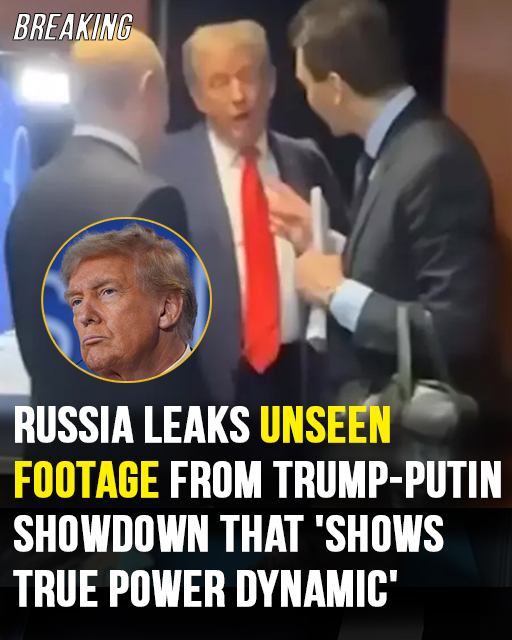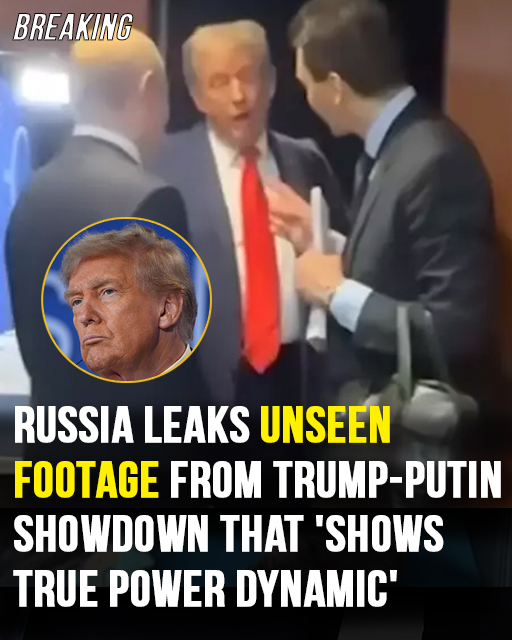The eyes of the world turned to Alaska last weekend, where Donald Trump and Vladimir Putin came face-to-face in a high-stakes summit that promised breakthroughs but instead left behind more questions than answers.
For weeks, Trump had built anticipation, declaring that he would put forward a proposal “too good to refuse” while warning Russia of “very severe consequences” if compromise was not reached.

His characteristic bravado filled headlines, setting the stage for a dramatic encounter. Yet when the doors closed and the hours passed, the much-hyped talks ended without a ceasefire, a sobering reminder that even the loudest promises can fall flat in the brutal reality of geopolitics.
Trump, never one to concede failure, still struck a defiant tone afterward. Standing before cameras, he insisted that “great progress” had been made, even if no document was signed.
He spoke as though he had set the groundwork for peace, though critics were quick to point out that the battlefield in Ukraine told a different story.
The war grinds on, and the gap between Moscow’s demands and Kyiv’s determination to resist remains as wide as ever.
Putin, for his part, remained as unyielding as he has always been. Reports from the negotiation room suggest that the Russian president laid out maximalist demands, including not only the recognition of territory already occupied by Russian forces but also claims to regions still firmly under Ukrainian control.
To Ukraine’s President Volodymyr Zelenskyy, those demands were unacceptable, a direct threat to sovereignty and freedom. With unshakable resolve, he has publicly rejected any deal that carves up his country for the sake of expediency.
The summit highlighted this impasse more clearly than ever: one side insists on dominance, the other refuses to yield.


